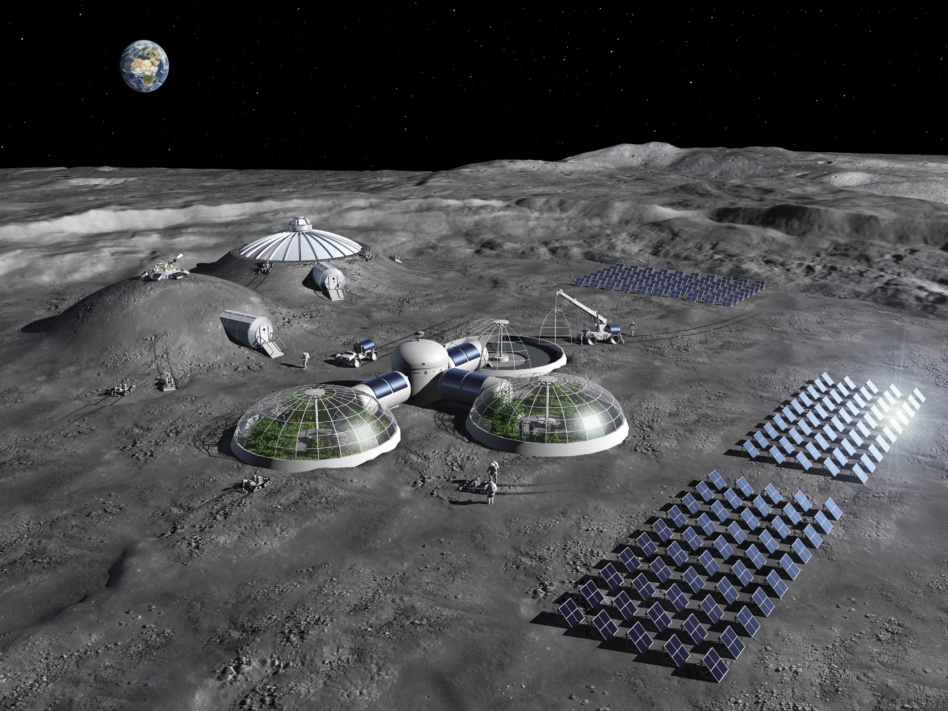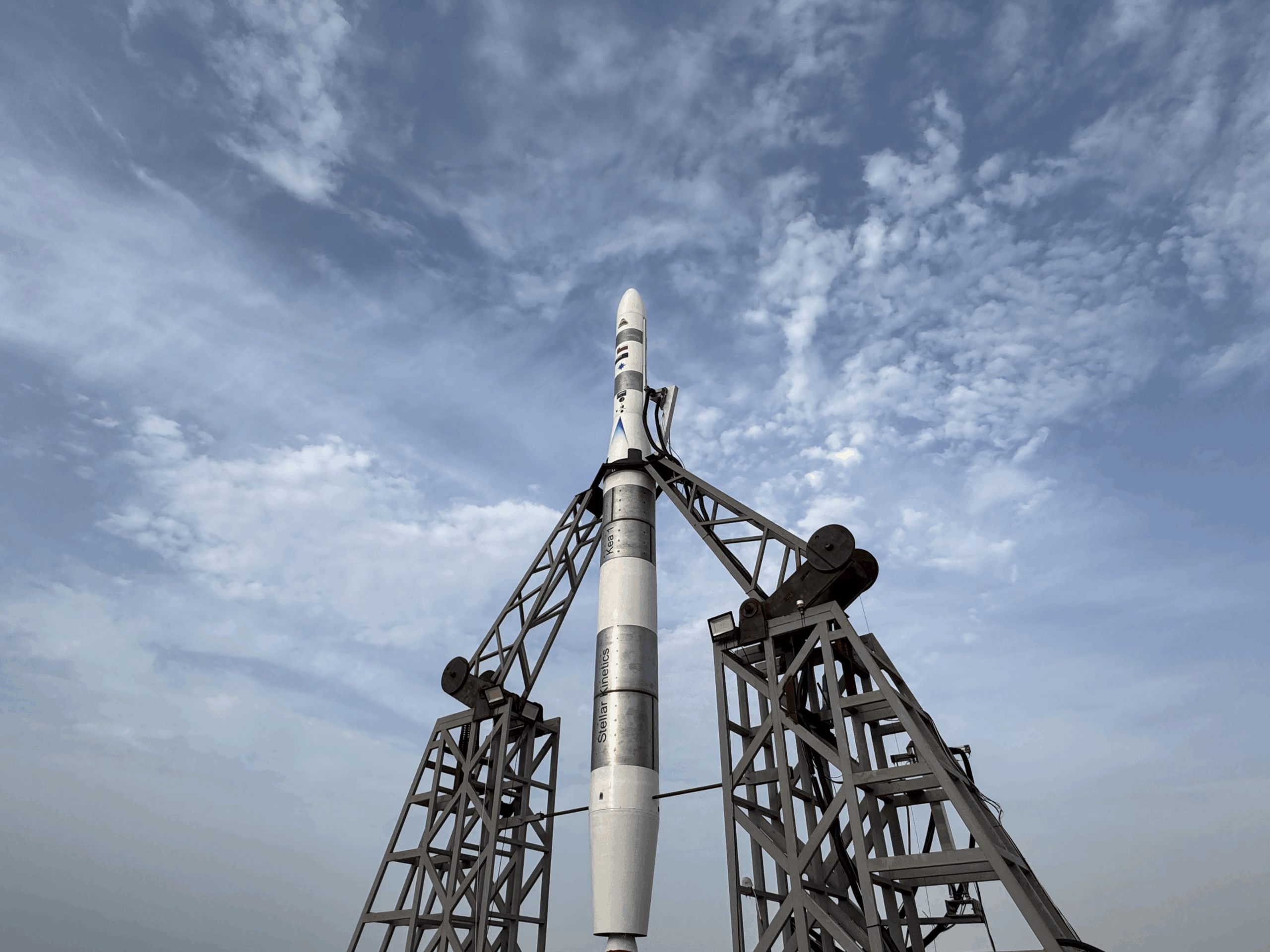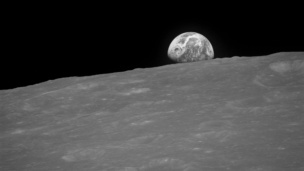China announced that it will share lunar samples with international researchers and fly other nations’ payloads aboard future Moon and Mars missions—a giant leap for Beijing’s space diplomacy efforts.
“We look forward to scientists worldwide making more scientific discoveries, jointly expanding human knowledge and benefiting all of humanity,” Shan Zhongde, head of the Chinese Space Agency, said April 24 at a ceremony in Shanghai celebrating China’s annual Space Day.
Sharing the haul: Seven institutions in six countries—two in the US and one each in France, Germany, Japan and Pakistan—were loaned Moon rocks collected from the lunar nearside by the uncrewed Chang’e-5 mission in 2020. While the Wolf Amendment prohibits the US government from working with China, American institutions are free to collaborate with Beijing on scientific pursuits.
- The samples were the first to be brought to Earth since the Soviet Union’s Luna 24, in 1976.
- Much of the 1.7 kg [3.7 lbs] of material from Chang’e-5 is far younger than samples collected by Apollo astronauts between 1969 and 1972. Chang’e-5’s haul indicates volcanoes spewed on the Moon just 120 million years ago (when dinosaurs were still on Earth)—challenging the long-held assumption that the lunar surface has been geologically dead for eons.
More to come: CNSA also chose 10 payloads from 11 countries (including China itself) for its 2029 Chang’e-8 mission to the Moon’s south pole, and earmarked payloads aboard its Mars sample return mission that’s aiming for launch in 2028.
- International missions hitching a ride on Chang’e-8 include a multi-functional robot from Hong Kong, rovers from Pakistan and Turkey, and radio instruments from South Africa and Peru. Italy, Russia, Thailand, Bahrain, Egypt, and Iran have also contributed science instruments.
- 17 countries and international organizations—including Russia, which has been isolated from Western space programs since its invasion of Ukraine—have joined the China-led International Lunar Research Station (ILRS), which aims to build a Moon base by 2035.
- Participating countries can propose payloads weighing up to 15 kg (33 lbs) for the Tianwen-3 Mars sample return mission. Foreign scientists will also have the chance to apply to study a piece of the 20 kg (44 lbs) of the Martian rocks collected on that mission, CNSA said.




